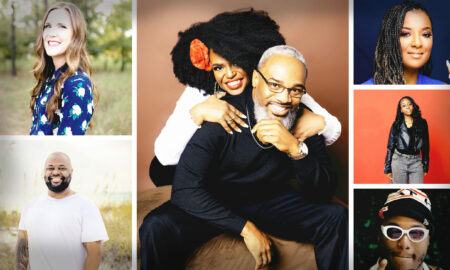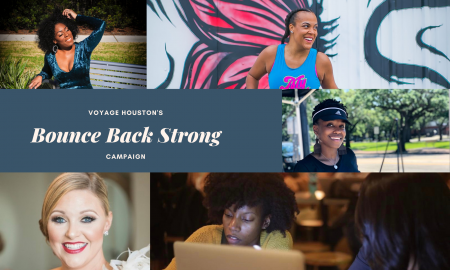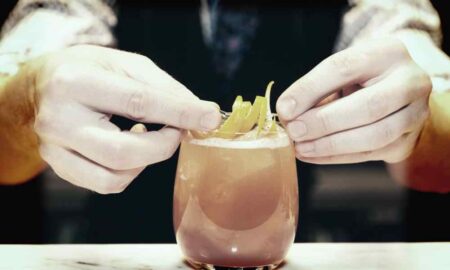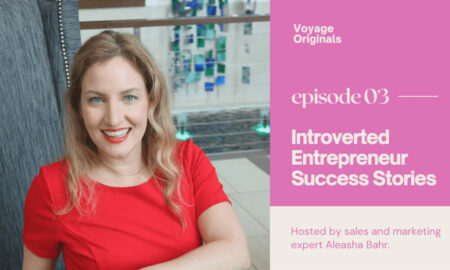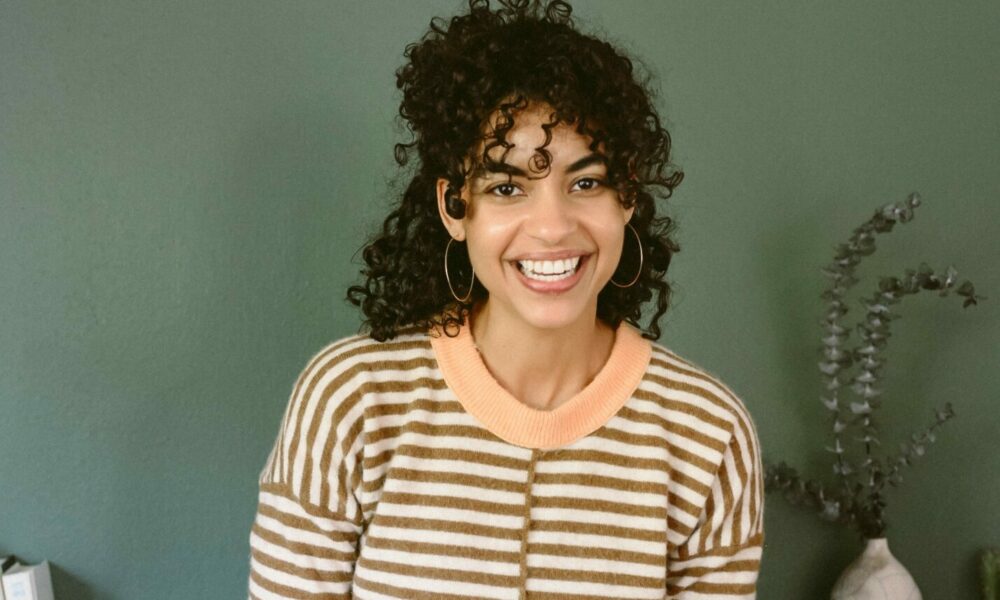

Today we’d like to introduce you to Britt Hawthorne.
Hi Britt, please kick things off for us with an introduction to yourself and your story.
I’ve valued racial and ethnic diversity all my life, but in 2015, we chose to align our values with our actions. We moved to Houston, Texas, for its diversity, culture, and welcoming spirit. Then in the spring of 2017, our four-year-old woke up one morning for school and said, “Mommy, Ms. Garcia told me to shut up.” I was shocked; I didn’t want to believe a fellow teacher could speak to a child that way, especially not a coworker. I asked him to tell me more. He put one of his stuffed animals on his bed, then pretended to be Ms. Garcia. He whispered: “Cobe, I need you to shut up.” As I rubbed his back and thanked him for reporting it to me, I knew there would need to be a radical change. This kind of “everyday” educational aggression isn’t uncommon for Black children; it’s not even the worst type of aggression they face. But that moment with Ms. Garcia was the last straw. I decided then to make a radical choice for our family: we’d remove our children from the classroom and homeschool them for the next five years.
While homeschooling, we slowed down, were honest about our reality, and worked together to create the world we wanted to live in. Naturally, I couldn’t stay out of education too long. I founded a consulting firm focused on anti-bias and antiracist educational practices, working with schools across the country and organizations like Google Edu, PBS Children’s Media, and the National Museum of African American History.
While working with a local school, a group of moms approached me and asked if I would lead a parenting course for them. Caught by surprise, I said yes before thinking through the undertaking. That parenting course quickly turned into a book, Raising Antiracist Children: A Practical Parenting Guide. It’s full of questionnaires, stories, practical activities, helpful tips, and tools to foster an antiracist lens. Raising Antiracist Children empowers families to become conscious citizens and active participants in working towards justice.
I’m sure you wouldn’t say it’s been obstacle free, but so far would you say the journey has been a fairly smooth road?
Perfectionism stops me in my tracks every time. It might show up as stalling the execution of a project: I say, “Just one more edit,” or “I’m just not ready to hit publish.” Perfectionism can also show up as procrastination when I spend my days making to-do lists instead of mastering my to-do lists. Perfectionism didn’t just show up in my professional life; it also shows in my parenting approach. Early on, I was nervous about saying too much or not enough, or worse, what if I said something wrong when teaching my children about racism, homophobia, and classism. I was stuck in a paralyzing cycle of learning new information but not putting it into practice because of perfectionism. As a former classroom educator, I know the power of mistakes. They teach grace, humility, compassion, and new information. I’ve picked up a phrase that I constantly say to myself and my children: “Mistakes belong here too.” Whenever perfectionism shows up, I remind myself that the worst thing that can happen at this moment is learning something new.
Thanks – so what else should our readers know about your work?
I’m a nationally recognized anti-bias and antiracist educator, author, speaker, and advocate. My work seeks to move justice from being an idea to being the authentic culture at home. I focus on practical, simple strategies that parents can implement right away.
Parents and educators can take one of my workshops or use my book, Raising Antiracist Children: A Practical Parenting Guide, to develop concrete actions to increase liberatory parenting and teaching.
Before we go, is there anything else you can share with us?
What is antiracism, and what are a couple of activities we can do with our children? Antiracism is the active resistance to racism. With children, there are so many activities we can do together. We can focus on having honest representation in the toys, books, and movies our children engage with. We’re always working to center Black people and people of color in our home. When I’m building with my child, I ask him questions that will make him think about his neighbors. For instance, if he wants to build a house, school, or castle, I can ask him: “Oh, wait, where’s our ramp for people who use wheelchairs and have strollers?” “What’s this? Wow, a basketball court in the house. How about a swimming pool? We can add a kiddie pool for the younger children. Where are the grandparents going to play?” We also focus on practical activism in our home. We have a letter-writing station with writing supplies (paper, envelopes, pencils, and stamps) so that our children can practice writing letters to people in empowered positions. We also have a picture frame of local politicians’ names, addresses, and social media handles they can reference when creating content to address issues concerning them.
Contact Info:
- Email: contactme@britthawthorne.com
- Website: https://britthawthorne.com/
- Instagram: https://www.instagram.com/britthawthorne/
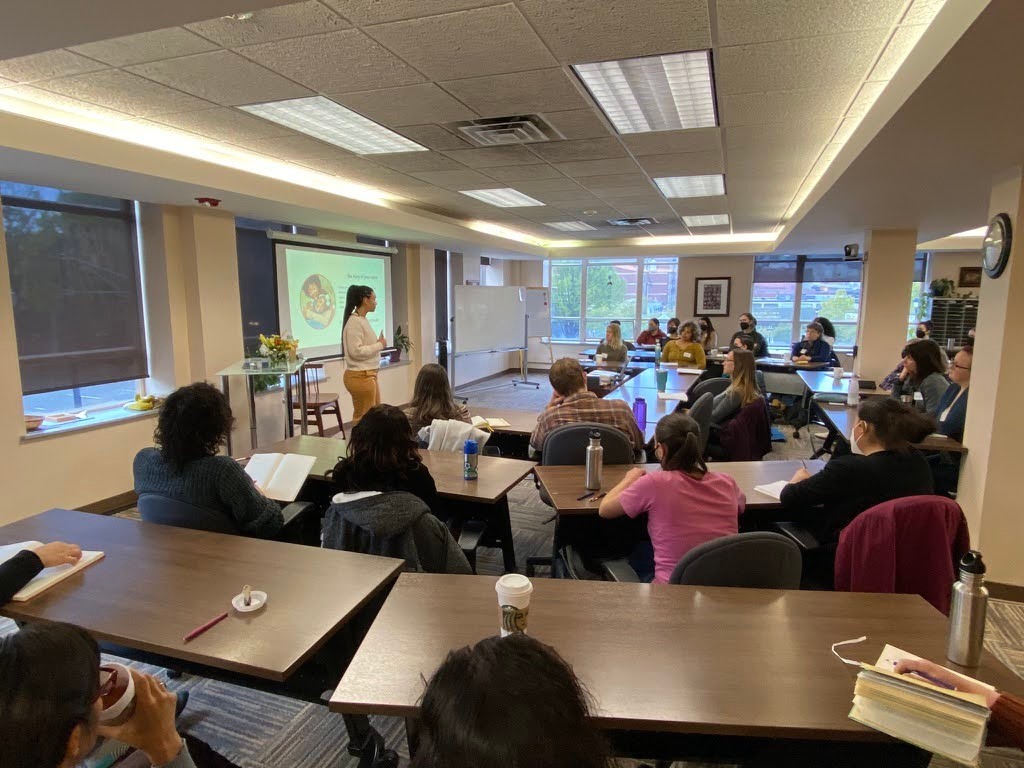
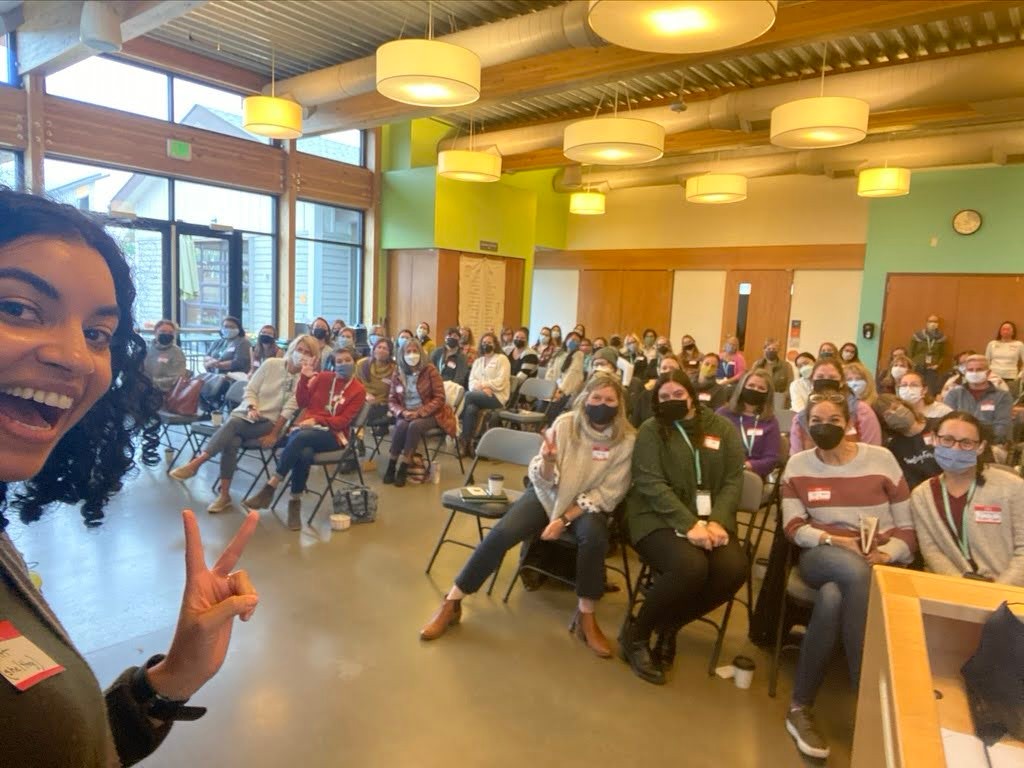
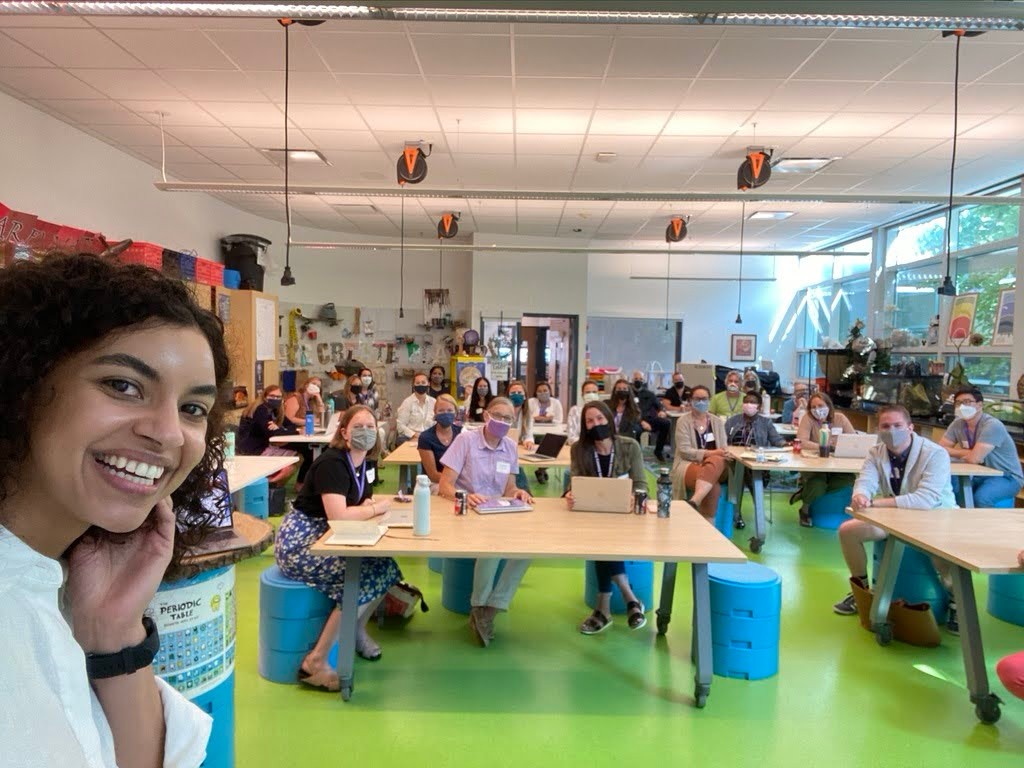
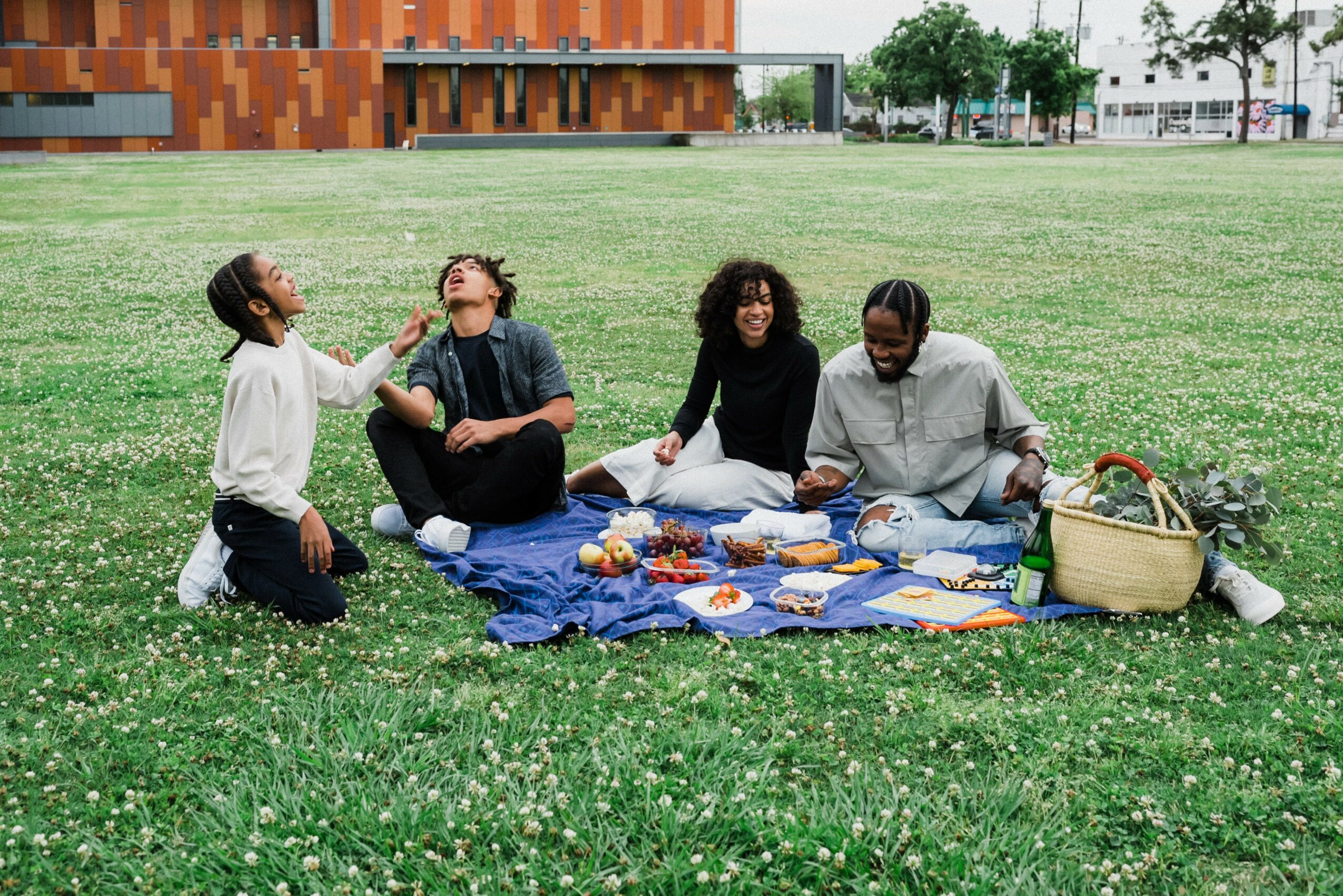
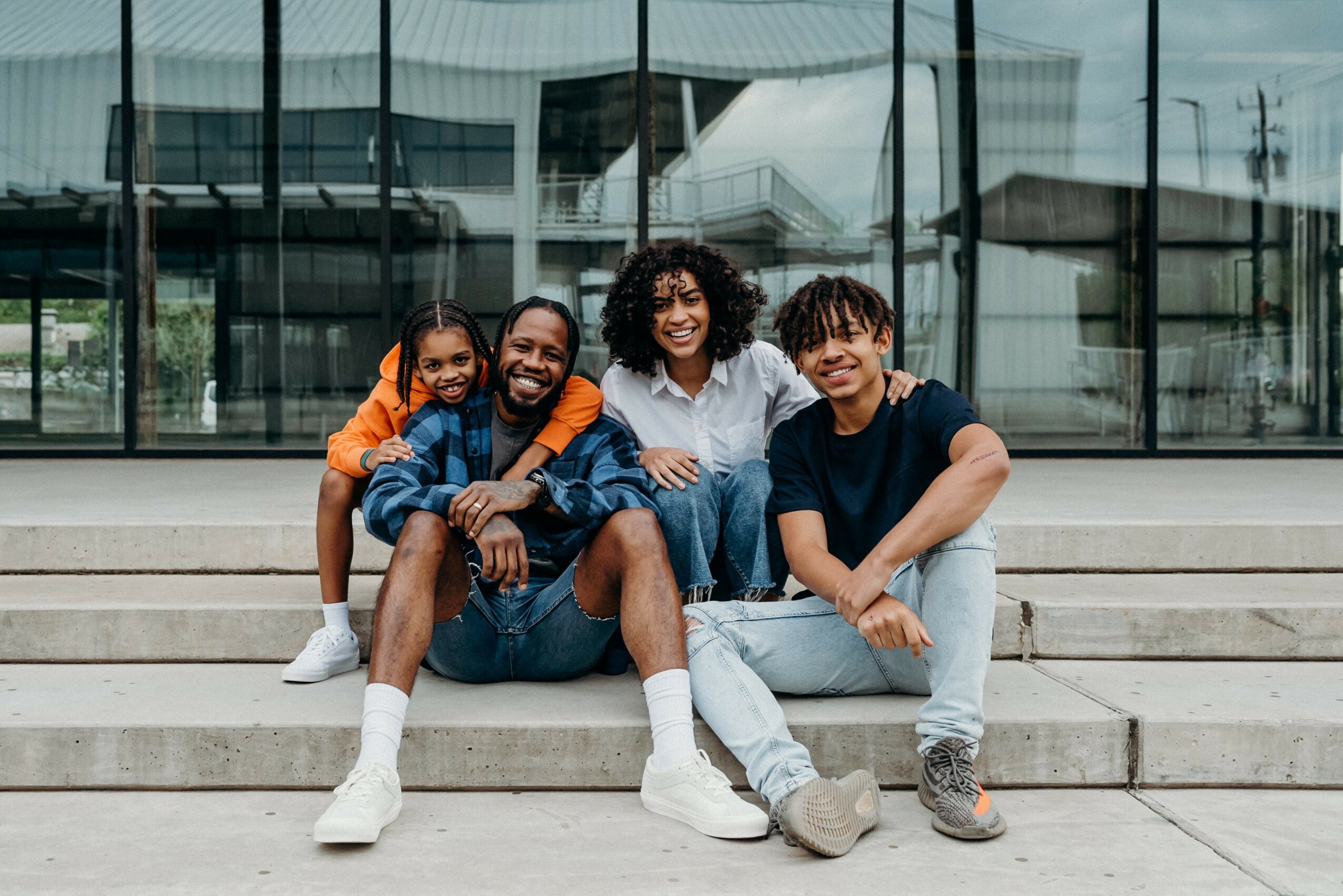
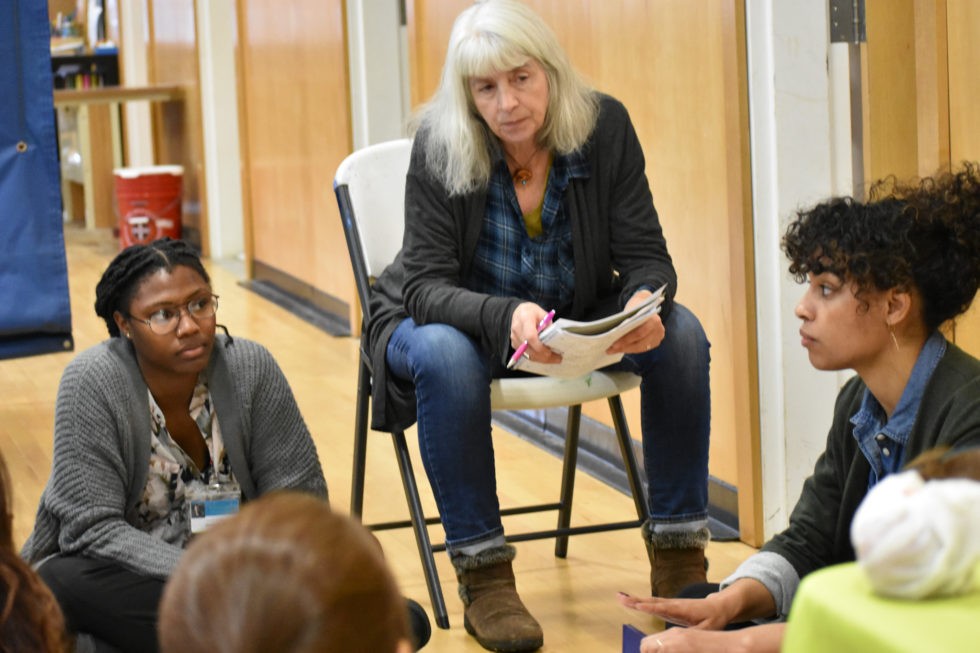
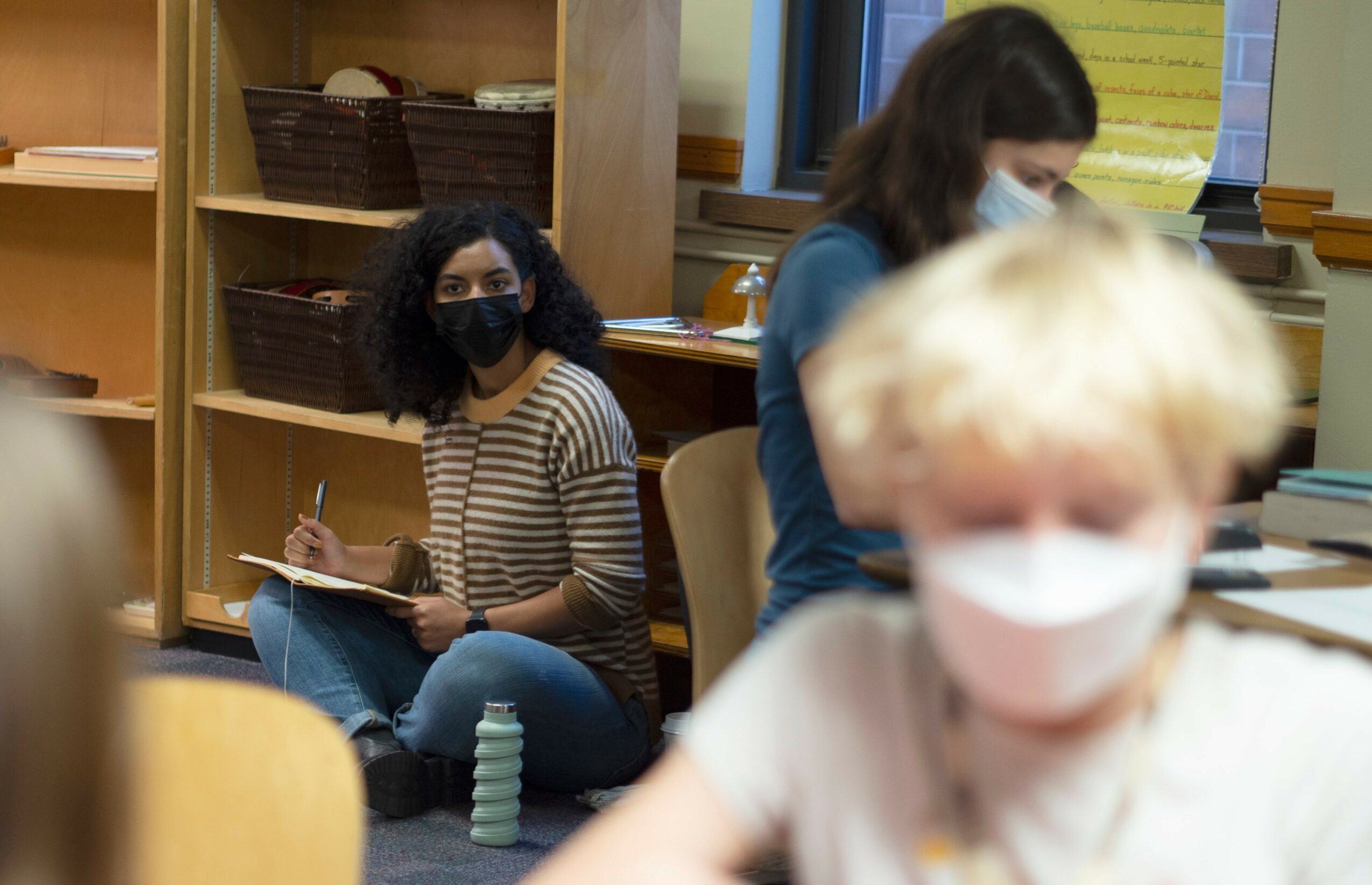
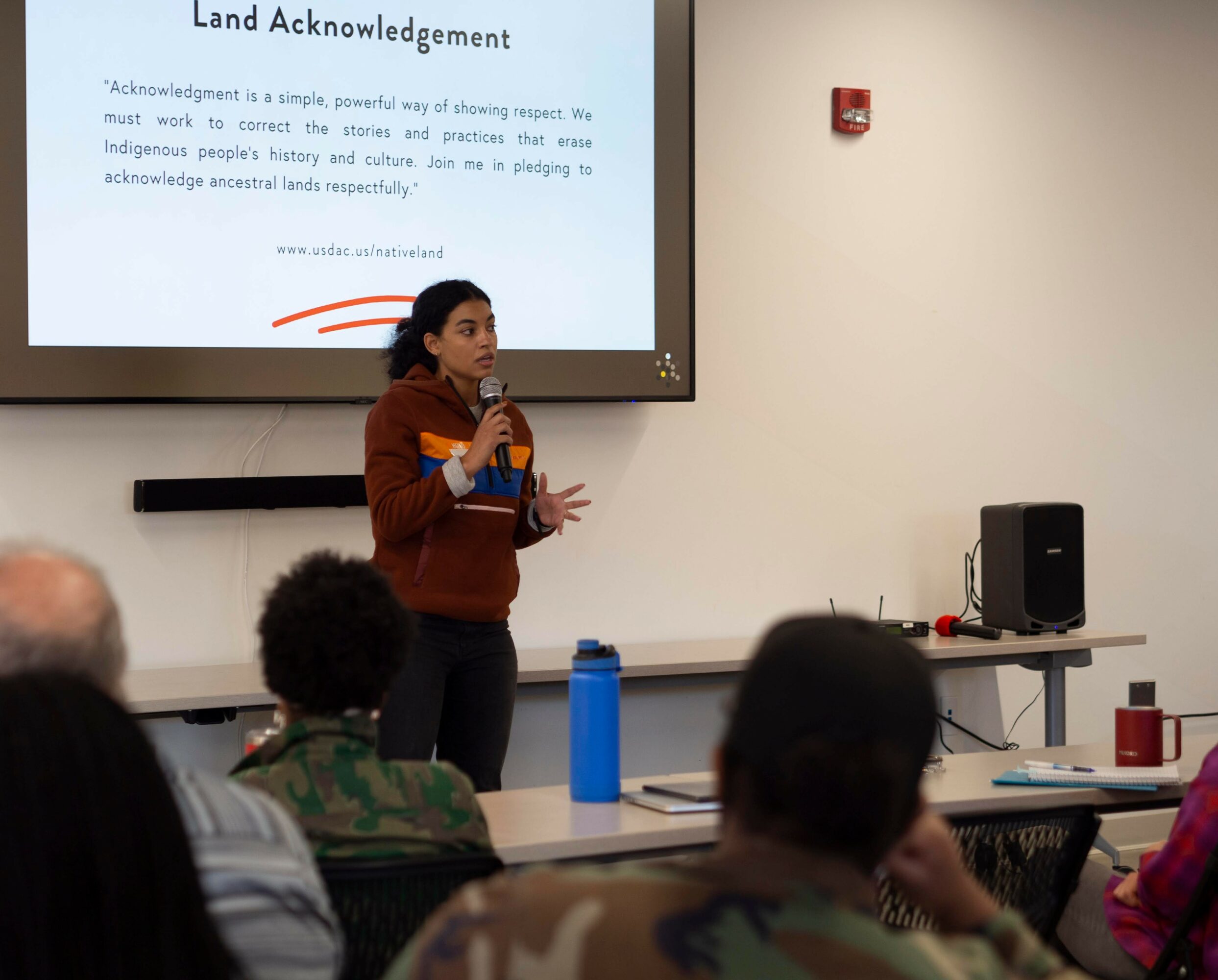
Image Credits
Greenspring Montessori School
Near North Montessori School
Bethany Brewster

